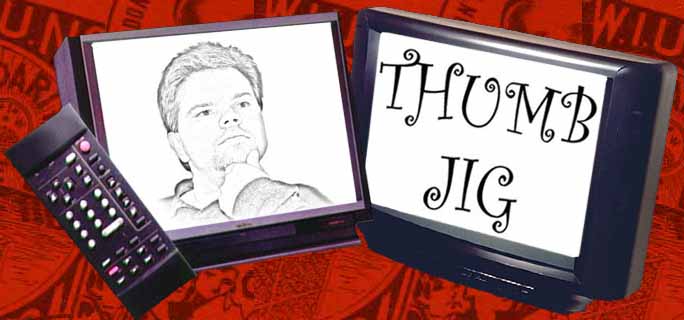
How the Fab Four rescued music
When people look back in 200 years' time at Western culture, whose music will have survived from the 20th century? Who will be our equivalent of Bach and Beethoven, Verdi and Wagner? There are big classical names from the last 100 years, including Schoenberg, Stravinsky, Shostakovich and Stockhausen, but, believes composer Howard Goodall, in dismantling the traditional keys and harmony, the building blocks of Western music, classical music lost touch with its audiences. 'The big story of 20th century music,' he says, 'is the way that classical and popular music collided with each other to create a new musical mainstream … In the 1960s, with classical music at its lowest ebb, the most important composers in the world were without doubt The Beatles.'
Goodall argues that classical composition lost its way by breaking with the traditional 'language' of Western music that listeners understood. The Beatles, he says, threw music a lifeline by building on foundations abandoned by the modernists – keys, harmony and different scales.
Keys
Western music is constructed from families of notes, called keys, each one starting on a different note. Like a palate of colours, tunes written in different keys, and combinations of keys, create different moods. All keys are based on a limited number of notes which arrange themselves into familiar patterns that sound pleasing.
Keys can be major or minor. Melodies in major keys sound happier and more upbeat; those in minor keys sound sad and wistful. Each major key has a minor key that is related to it – known as the relative minor.
Music that is at all complex or sophisticated moves from key to key in ways that may be familiar or surprising to the audience. A common key shift is from the major to the relative minor and back again – a device that Cole Porter used to great effect, most famously in 'Every Time We Say Goodbye' – but there are other key changes that are satisfying to listen to.
Cole Porter broke new ground by composing so many songs in minor keys. Many of these melodies, which drew on an East European Jewish tradition, sounded melancholy and poignant. In Porter's hands they often sounded mysterious and sensuous, too.
Harmony
Harmony means playing or singing a combination of notes simultaneously, to make chords. Adding harmony to a melody, gives music depth and an emotional dimension. Western harmony is rich, complex and versatile, containing a kind of inner movement that propels the music along.
Chords, by their very nature, group themselves together in familiar and affective patterns, and some chords are magnetically drawn towards others, giving a sense of progression and development. These progressions and patterns have been exploited by composers down the centuries.
Changes from one chord to another at the end of a piece or section of music are called cadences, from the Italian word cadare, to fall. One recognisable cadence is the 'amen' sung by church choirs.
Pentatonic scale
This is a scale formed of five notes (from the Greek word pente meaning five). There are many types of pentatonic scale but the one that is most familiar could be played on just the black notes on a piano.
Pentatonic music is prevalent in the Indian subcontinent and the Far East but these scales are also the foundations of folk music from many countries in other parts of the world. The Scottish song, 'Auld Lang Syne', is one well-known pentatonic melody.
Part 1
Part 2
Part 3
Part 4
Part 5
Part 6



1 comment:
I really like this documentary so much that it should be shown on Ovation TV! I like everything about Howard Goodall - especially his singing voice! Oh, and did you know that he took up clarinet in his youth? (Gosh, I'm aching to see him play it!) Small wonder why I'm a huge fan of him!
Post a Comment